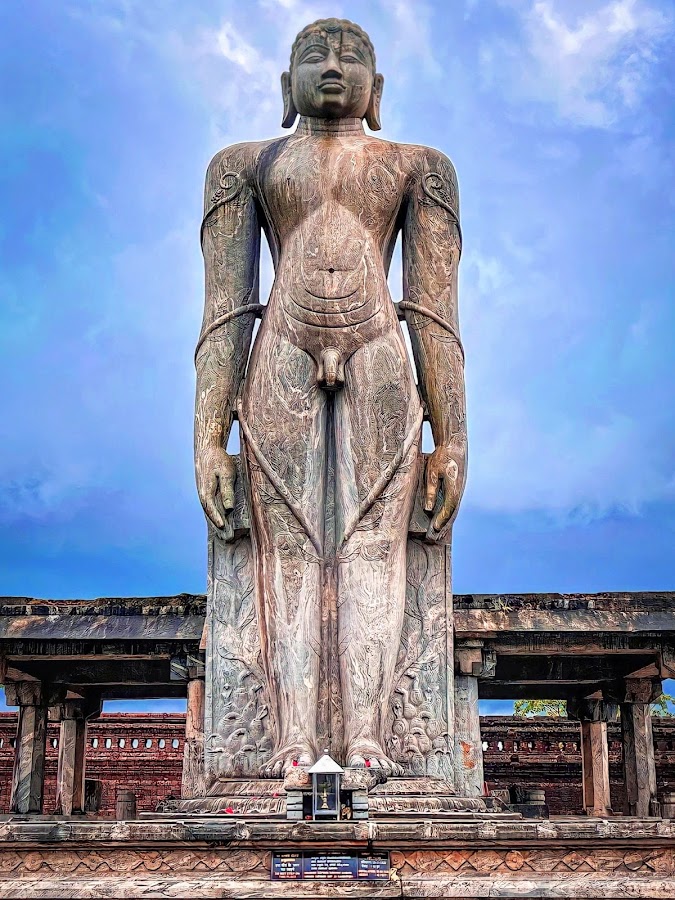
Karkala Shri Gommateshwara Statue
Udupi, India
- Climb the hill to see the statue.
- Enjoy panoramic views of Karkala town.
- Learn about Jainism and its principles.
- Take photos of the Gommateshwara statue.
- Visit nearby Jain temples and monuments.
Known for:
Description:
The Karkala Shri Gommateshwara Statue is a colossal monolithic statue of Bahubali, a revered figure in Jainism. Standing at 41.5 feet (13 meters) tall, it's a magnificent example of Jain architecture and sculpture. Carved from a single granite rock, the statue depicts Bahubali in a meditative pose, symbolizing renunciation, self-control, and subjugation of ego. The statue is nude, representing the complete abandonment of worldly possessions. The serene expression on Bahubali's face and the intricate details of the surrounding carvings make it a captivating and spiritually uplifting site. Visitors can climb the surrounding hill to get a closer look and enjoy panoramic views of the Karkala town and the surrounding landscape. The site is a significant pilgrimage destination for Jains and a popular tourist attraction for those interested in art, history, and spirituality.
History:
The Gommateshwara statue at Karkala was commissioned by the Pandya king Veera Pandya Bhairarasa Wodeyar I in 1432 AD. It was erected on top of a rocky hill known as Gommatagiri. Karkala was an important Jain center during the reign of the Alupa dynasty and later under the Vijayanagara Empire. The installation of the statue was a significant event, solidifying Karkala's position as a prominent Jain pilgrimage site. Over the centuries, the statue has been well-maintained, and periodic Mahamastakabhisheka ceremonies (head-anointing ceremonies) are performed, drawing devotees from across the globe. These ceremonies involve the ritual bathing of the statue with milk, saffron, sandalwood paste, and other auspicious substances. The statue stands as a testament to the enduring legacy of Jainism in the region and the artistic prowess of the artisans of that era.